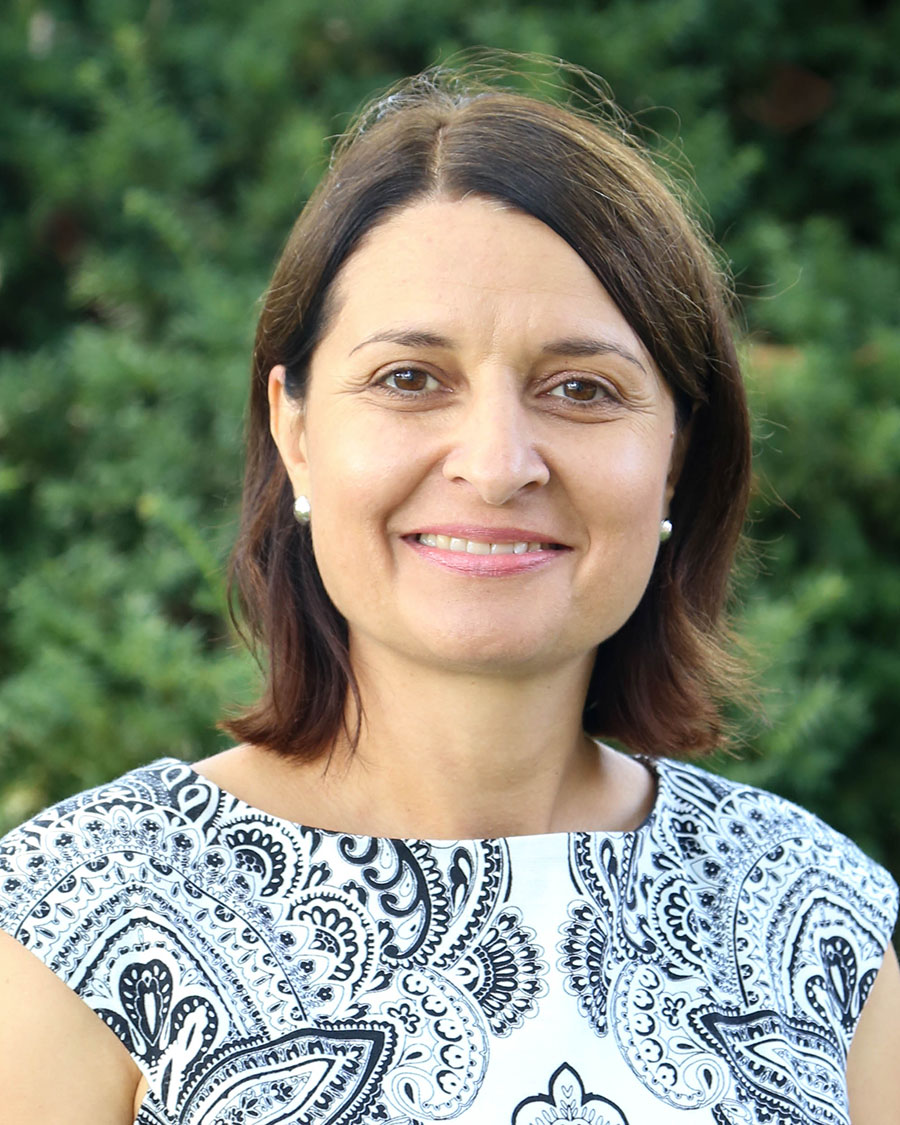
Bulgarian and Turkish newspapers frame the Syrian refugee crisis differently, according to research done by Daniela Dimitrova, Greenlee School professor.
Dimitrova, along with Emel Ozdora-Aksak of Bilkent University and Colleen Connolly-Ahern of Penn State University, studied media coverage of the Syrian refugee crisis in Bulgaria and Turkey, two neighboring countries. They found Bulgarian newspapers tend to portray the refugees through an administrative frame while Turkish newspapers tend to portray the refugees as victims.
The research team was granted funding by the Arthur W. Page Center as part of its Refugee Communications Initiative, and their findings were published in American Behavioral Scientist.
“In terms of tone, Bulgarian coverage was more negative overall than the Turkish coverage,” Dimitrova said. “A lot of the [Bulgarian] coverage was very distanced, logistical coverage.”
The scholars used public opinion polls and previous studies of immigrant portrayals in the media to guide their research. They also looked at nearly 150 crisis-focused articles to learn how both Turkey’s and Bulgaria’s newspapers covered the refugees.
Another factor the scholars considered is religion: Bulgaria is predominately Christian, while Turkey and Syria—neighboring countries—are predominately Muslim and share cultural similarities. Dimitrova also noted that historically, Turkey has much more experience with refugees than Bulgaria.
“There’s always this big question that our study cannot answer directly, but we always say, ‘Does the media drive public opinion or does public opinion drive what got covered in the media?’” Dimitrova said. “And I think you could argue either way. Obviously, the media is an important part of public opinion formation, and it’s an important part of how public perceptions evolve over time.”
Dimitrova is originally from Bulgaria, and media framing and international communication are among her areas of expertise. When Connolly-Ahern brought up this research idea to Dimitrova, she was intrigued.
“I think the way the media portrays any kind of outsider group really affects how society functions and how well these groups are able to integrate within the society,” Dimitrova said.
Dimitrova and Connolly-Ahern are now working as guest editors on a special issue of American Behavioral Scientist, which will be published later in 2018.
Dimitrova said the team will continue to do research and conduct interviews on this topic. At the next stage of this research, the authors would also like to examine the portrayal of refugees in German, Spanish, Hungarian and Austrian media.